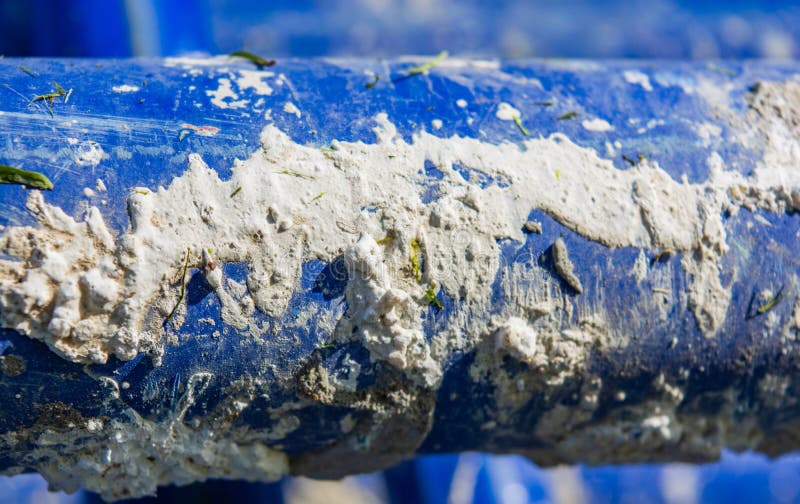

We can go as far as 70% replacement rate with equal performance in some areas, but that’s not achievable everywhere. We push the cement replacement rates as far as possible depending on the local circumstances and applications. It is not that straightforward because of sourcing challenges and reluctance to adoption amidst projects stakeholders. Today we focus on replacing cement because this is by far the main source of CO2 emissions in our process.

Blended cements (Type IL OneCem, Type IS MaxCem, Type IP FortiCem).SCMs (slag, FA, silica fumes, natural pozzolan).GWP savings calculator for the projects, to easily show the benefits of ECOPact to our clients and their clients - In this tool we compare GWP levels to current NRMCA regional averages (this is especially relevant in regions where slag or FA are already being used at lower replacement rates).ĭepending on local availability, ECOPact mixes will involve: GWP savings backed up by product specific EPDs to avoid greenwashing or inefficient recipes - minimum 30% GWP savings compared to straight OPC equivalent With ECOPact we offer low-carbon mixes and related services:

I work for LafargeHolcim US as Sustainable Solutions Manager, so of course this is our point of view and I welcome any other and impartial feedback. Following up on your question here, and on yesterday’s L&L, here is a detailed answer on the technology behind ECOPact.


 0 kommentar(er)
0 kommentar(er)
